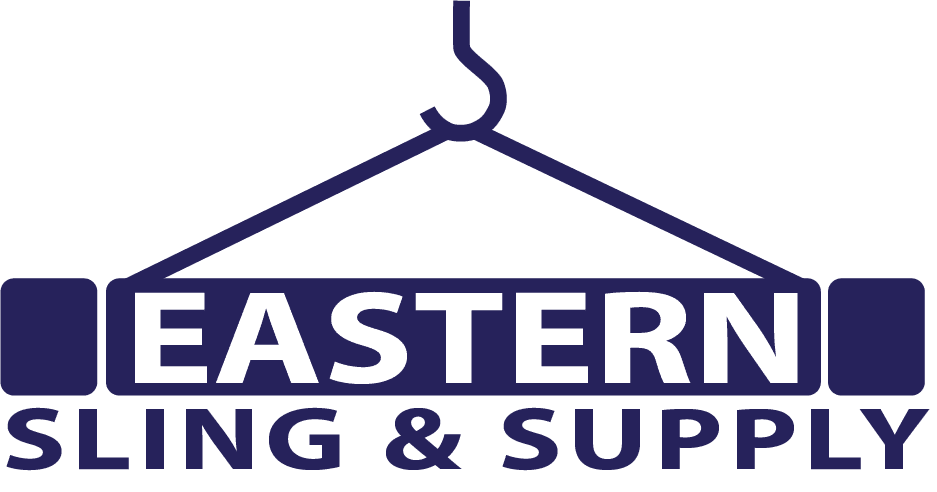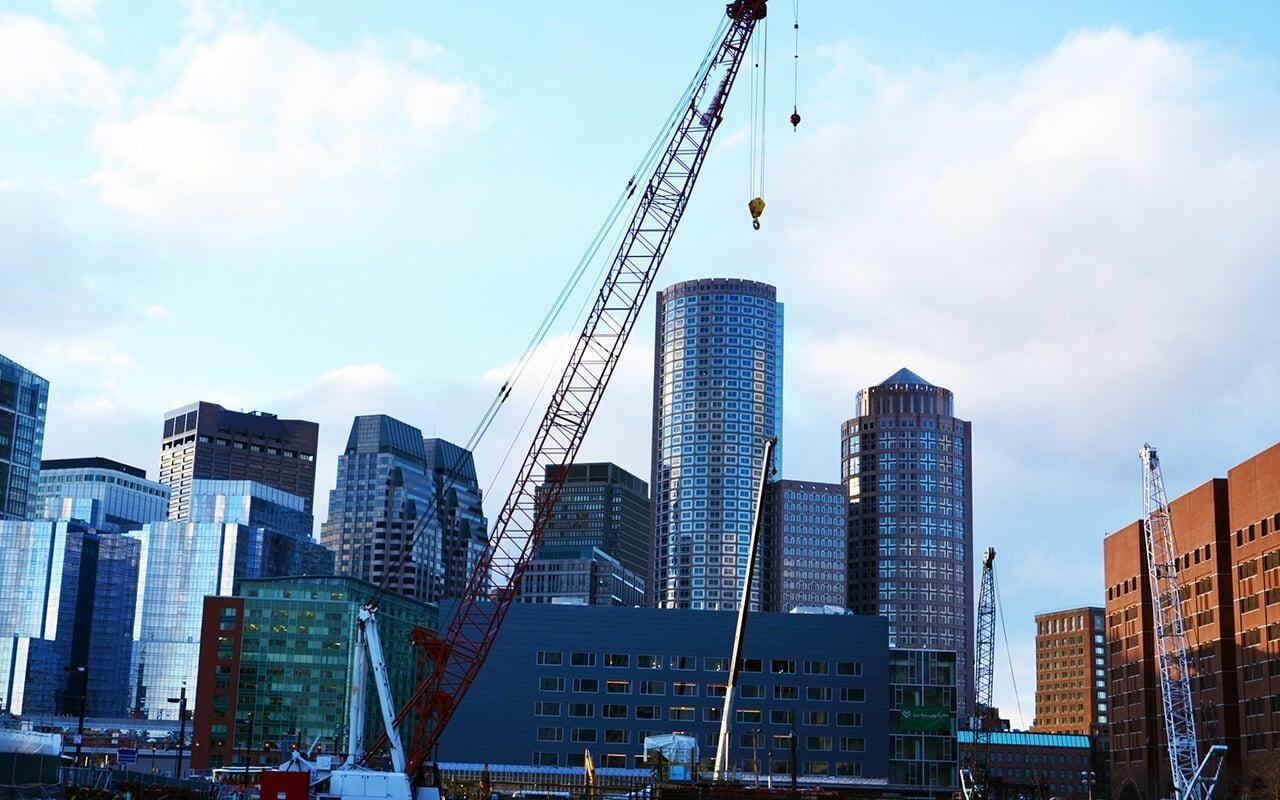BEFORE YOU ORDER ANY LIFTING EQUIPMENT!
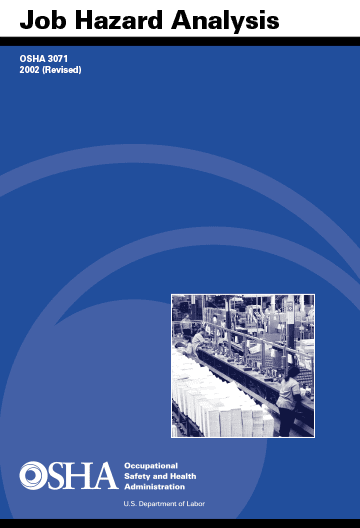
OSHA - Job Hazard Analysis (AKA Risk Assessment)
The Occupational Safety and Health Administration (OSHA) of the US government produces a document on Job Hazard Analysis which we refer to as Risk Assessment.
This Risk Assessment, as well as a lift plan, shall be performed by the person or the entity that the person is employed by, before ordering or using any lifting equipment from Eastern Sling and Supply. These plans and assessments shall be performed and documented by a competent person designated by the purchasing entity. These functions are not a part of the process of anyone working for Eastern Sling and Supply, nor is the proper information to perform these operations provided by this website. It is the sole responsibility of the person who is performing the work that these tools are being purchased for!
Your Lift Plan
Every one makes a lift plan every time they lift - even if it is only in your head. What lifting accessories do I need to make the lift? What equipment will provide the muscle? Is it enough to lift the load?
These are basic questions that need to be asked in order to perform a lift, and they must be asked by the person (or an agent of his/her employer) who has intimate knowledge of the job which is to be performed. These questions can not be handed off to a customer service representative But without a risk assessment, these questions only exist in theory - in a world of perfect expectations.
However, the real world, and particularly your jobsite, are not places of perfection. Have a competent lifting professional put these thoughts on paper, along with a fully performed Job Hazard Analysis, to come up with a complete Risk Assessment and lifting plan.
The Competent Person should have the maturity to seek such specialist advice and assistance as may be required to enable them to make necessary judgements and be a sound judge of the extent to which he/she can accept the supporting opinions of other specialists. It is our view that competency can be a corporate responsibility. - LEEA COPSULE
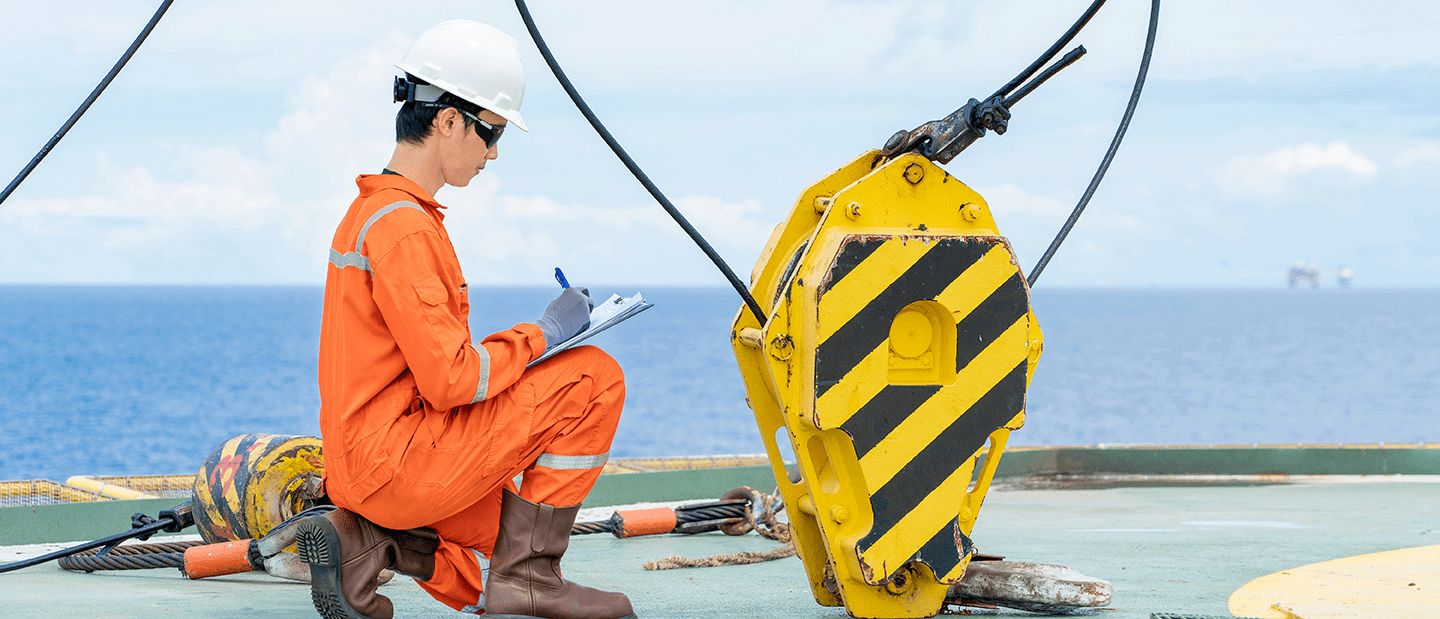
The Real SAFE Working Load Limit
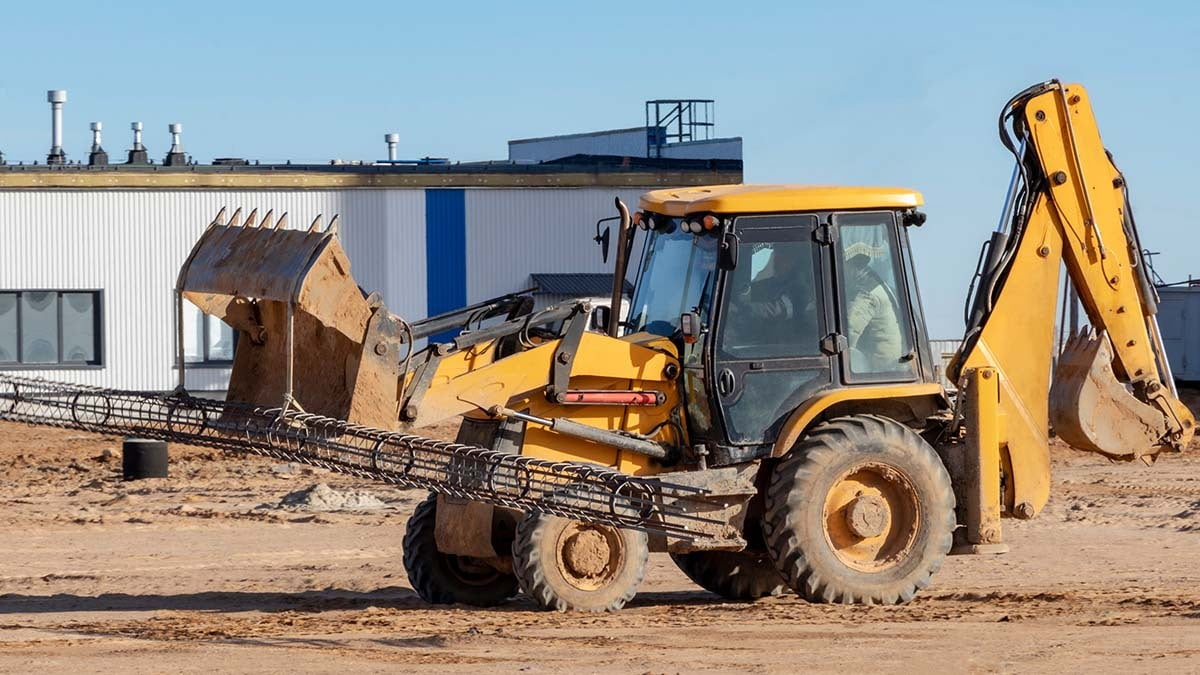
Is only accomplished by competent lifting professionals who have studied their Risk Assessment and Lift Plan and decided upon rigging tools strong enough to overcome all of the factors that the job will introduce.
A proper lift plan accompanied by a Risk Assessment will normally result in the use of slings and rigging tools that have a Rated Capacity which is higher than the determined load in an ideal condition. Use of these products which carry higher rated capacities assures the user that those work site factors identified in the risk assessment will not place loads and forces on the slings and lifting tools that is higher than the rated load is designed to carry.
An example would be that of a loader (Cat, Tractor) equipped with a bucket hook which is to be carrying a pipe from one spot on a worksite to another. The calculated weight of the load is 1000 lbs, but by moving along the uneven surface of the jobsite, the load will be moving up and down - placing some amount of uncalculatable (by this author) additional force upon the sling. A sling which is rated for 5000 lbs in a choker hitch might be selected to assure the users that the product will be safely transported from one spot to another.
This reasoning would be written in your lift plan book, and shared with operators and workers who are involved in the lifting process. This way it will be known to all of the workers that there is an additional factor to be aware of other than the pure weight of the load and the known capacity of the sling in a controlled setting.
